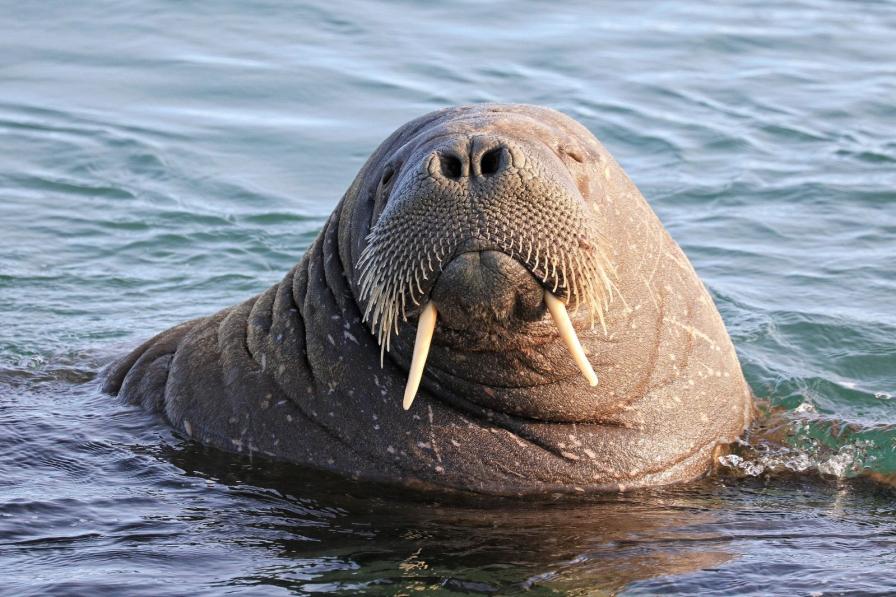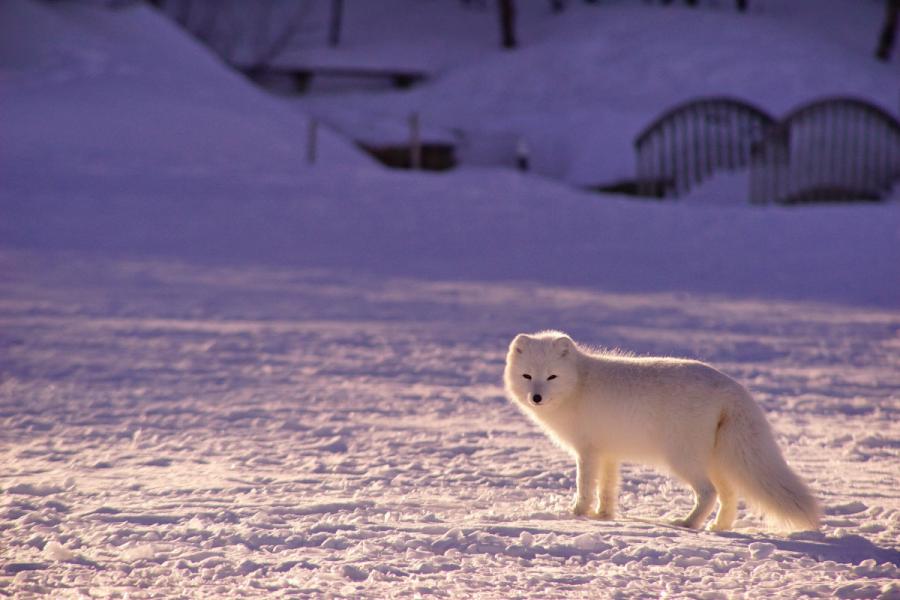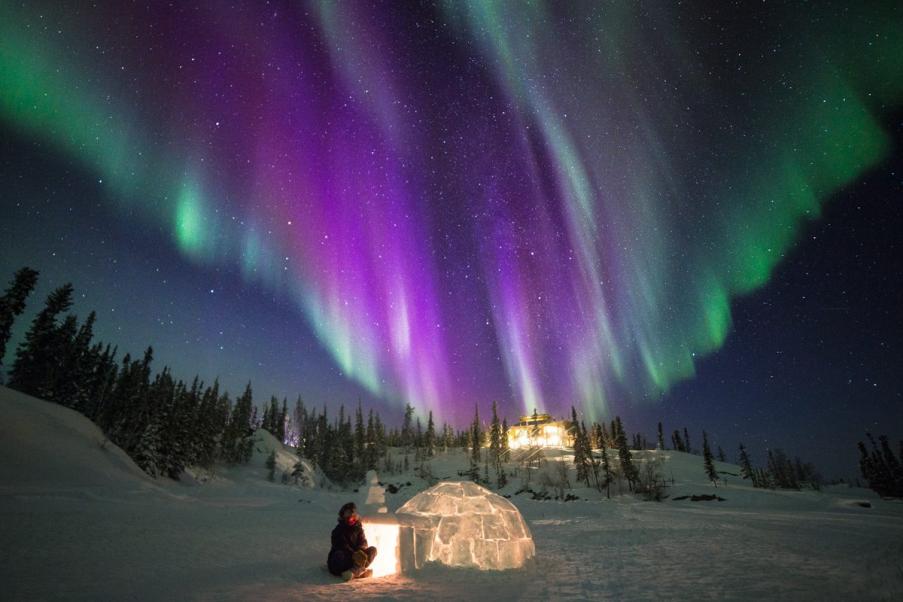Impact of Climate Change on the Northern Lights: Examining the Effects of Global Warming on Aurora Borealis
The Northern Lights, also known as Aurora Borealis, are a captivating natural phenomenon that has mesmerized humanity for centuries. These celestial displays of light, dancing across the Arctic skies, are not only a visual spectacle but also a testament to the dynamic interplay between the Earth's atmosphere and the solar wind. However, as the world grapples with the consequences of climate change, concerns arise about the potential impact of global warming on this awe-inspiring natural wonder.

Understanding The Northern Lights
Scientific Explanation Of The Phenomenon
The Northern Lights occur when charged particles from the solar wind, primarily electrons and protons, interact with the Earth's magnetic field. These particles, traveling at high speeds, collide with atoms and molecules in the Earth's atmosphere, exciting them and causing them to emit light. The color of the aurora depends on the type of atmospheric gas involved in the collision.
Factors Influencing The Occurrence And Intensity Of The Northern Lights
- Solar Activity: The frequency and intensity of the Northern Lights are closely linked to solar activity, particularly the occurrence of solar flares and coronal mass ejections (CMEs). These events release large amounts of charged particles into the solar wind, increasing the likelihood of auroral displays.
- Geomagnetic Storms: When the solar wind encounters the Earth's magnetic field, it can trigger geomagnetic storms. These storms, characterized by disturbances in the Earth's magnetic field, enhance the chances of auroral activity and can lead to more intense and widespread displays.
- Atmospheric Conditions: The state of the Earth's atmosphere, including temperature, density, and composition, can also influence the visibility and intensity of the Northern Lights. Clear skies and low levels of light pollution provide optimal conditions for auroral viewing.
Climate Change And Its Effects On The Northern Lights
Rising Global Temperatures
Climate change, driven by human activities and the emission of greenhouse gases, is causing a rise in global temperatures. This warming trend has far-reaching consequences, including changes in atmospheric composition and circulation patterns, which can potentially affect the occurrence and intensity of the Northern Lights.
Changes In Atmospheric Composition

The increasing levels of greenhouse gases in the atmosphere, such as carbon dioxide and methane, can alter the composition of the upper atmosphere, where the Northern Lights occur. These changes can affect the types and amounts of atmospheric gases involved in auroral emissions, potentially influencing the colors and intensity of the displays.
Impact On Geomagnetic Storms
Climate change may also impact the frequency and intensity of geomagnetic storms. Studies suggest that rising temperatures in the Arctic region can weaken the Earth's magnetic field, making it more susceptible to disturbances from the solar wind. This could lead to an increase in the occurrence and severity of geomagnetic storms, which in turn can enhance auroral activity.
Altered Solar Activity Patterns

Climate change has been linked to variations in solar activity, including changes in the frequency and intensity of solar flares and CMEs. While the exact mechanisms are still being studied, some research suggests that changes in the Sun's magnetic field and the release of solar particles may be influenced by climate-related factors, potentially affecting the occurrence and intensity of the Northern Lights.
Observed Changes In The Northern Lights
Shifts In The Auroral Oval
Observations have shown a gradual shift in the auroral oval, the region where the Northern Lights typically occur, towards lower latitudes. This southward expansion of the auroral zone could bring auroral displays to regions that have not traditionally experienced them, while reducing their frequency and intensity in areas closer to the Arctic Circle.
Changes In The Shape And Size Of The Oval
Climate change may also be affecting the shape and size of the auroral oval. Studies have indicated that the oval is becoming more elongated and irregular, with variations in its width and intensity. These changes could impact the visibility and accessibility of the Northern Lights from different locations.
Variations In Auroral Intensity
There is evidence suggesting that climate change is leading to an increase in the frequency of faint and moderate auroras, while the occurrence of intense auroras appears to be declining. This shift in the intensity distribution could alter the overall visual impact and grandeur of the Northern Lights.
Potential Consequences Of Changing Northern Lights
Disruption Of Ecosystems
Changes in the Northern Lights could have cascading effects on Arctic ecosystems. The timing and intensity of auroral displays can influence the behavior of migratory species, such as birds and marine mammals, which rely on natural light cues for navigation and foraging. Disruptions to these patterns could have implications for the survival and reproductive success of these species.
Impact On Migratory Patterns Of Wildlife
The shifting auroral oval and variations in auroral intensity may disrupt the migratory patterns of wildlife that rely on visual cues for orientation and navigation. Changes in the timing and intensity of auroral displays could confuse migratory animals, leading to disorientation and potential harm.
Effects On Plant And Animal Life
Changes in the Northern Lights could also affect plant and animal life in the Arctic region. Auroras can produce geomagnetically induced currents (GICs) that can disrupt power grids and telecommunications systems. These disturbances can have cascading effects on human communities and ecosystems, potentially impacting infrastructure, wildlife, and human health.
Cultural And Societal Implications
The Northern Lights hold deep cultural and spiritual significance for many Indigenous peoples of the Arctic. Changes in the occurrence and intensity of auroras could disrupt traditional cultural practices and ceremonies that rely on these natural phenomena. Additionally, reduced opportunities for aurora tourism could have economic implications for communities that rely on this industry.
Mitigation And Adaptation Strategies
Reducing Greenhouse Gas Emissions
Mitigating climate change by reducing greenhouse gas emissions is crucial for preserving the Northern Lights and the delicate Arctic ecosystems they illuminate. Transitioning to renewable energy sources, promoting energy efficiency, and implementing sustainable land-use practices are essential steps towards reducing our impact on the planet.
Enhancing Scientific Research And Monitoring
Continued scientific research and monitoring are vital to better understand the complex interactions between climate change and the Northern Lights. Long-term observations, modeling studies, and international collaboration are necessary to improve our understanding of these phenomena and develop effective adaptation strategies.
Promoting Public Awareness And Education
Raising public awareness about the potential impacts of climate change on the Northern Lights can foster a sense of urgency and encourage action to mitigate greenhouse gas emissions. Educational programs and outreach initiatives can help people understand the importance of preserving this natural wonder and the need for collective action.
The Northern Lights, a captivating natural phenomenon, are facing potential changes due to climate change. Rising global temperatures, altered atmospheric composition, and variations in solar activity may influence the occurrence, intensity, and distribution of auroral displays. These changes could have far-reaching consequences for Arctic ecosystems, wildlife, cultural practices, and tourism. Mitigating climate change, enhancing scientific research, and promoting public awareness are crucial steps towards preserving the Northern Lights and ensuring their continued existence for future generations.
Further research and collaborative efforts are needed to fully understand the complex interactions between climate change and the Northern Lights. By working together, scientists, policymakers, and communities can develop effective strategies to mitigate the impacts of climate change and protect this awe-inspiring natural wonder for generations to come.
YesNo

Leave a Reply